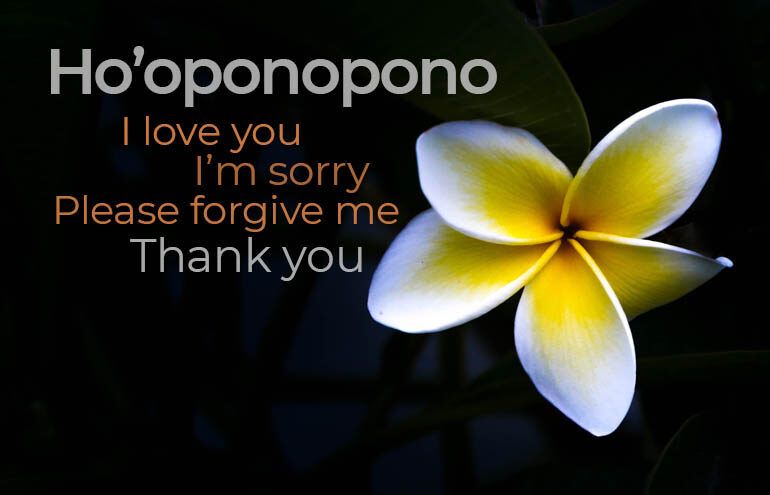In this article, we will explore the incredible power of Ho’oponopono when it comes to nurturing and healing relationships. If you’ve ever found yourself struggling with difficulties in your personal connections, whether it’s with a partner, family member, or friend, Ho’oponopono offers a gentle and effective approach to restore harmony and love. Through the practice of forgiveness, gratitude, and self-reflection, Ho’oponopono can help you transform your relationships into ones that are grounded in understanding, compassion, and growth. Discover the secrets of this ancient Hawaiian technique and embark on a journey towards deeper and more fulfilling connections with those you hold dear.
What is Hooponopono?
Hooponopono is a powerful ancient Hawaiian practice that focuses on healing and restoring relationships. It is a spiritual and emotional cleansing technique that helps individuals take responsibility for their actions, apologize sincerely, forgive themselves and others, and ultimately create harmony and balance in their relationships.
Definition of Hooponopono
Hooponopono, translated from Hawaiian, means “to make right” or “to correct a mistake.” It is based on the belief that our thoughts and actions contribute to the disharmony and conflicts in our relationships. By taking personal responsibility, expressing sincere apologies, offering genuine forgiveness, and making amends, Hooponopono allows individuals to heal past wounds, release emotional baggage, and restore harmony in their relationships.
Origin of Hooponopono
Hooponopono has its roots in ancient Hawaiian culture and spirituality. It was traditionally used as a conflict resolution and forgiveness practice within families and communities. In recent years, it has gained popularity globally as a transformative tool for personal and interpersonal healing. Hooponopono combines indigenous Hawaiian wisdom with modern therapeutic techniques, making it accessible to people from various cultural backgrounds.
Principles of Hooponopono
Hooponopono is guided by a few key principles that form the foundation of this healing practice. These principles include:
-
Taking Responsibility: Hooponopono encourages individuals to recognize and accept their role in discordant relationships. By acknowledging their responsibility, they can begin the process of healing and restoring harmony.
-
Sincere Apologies: Apologizing sincerely is a vital aspect of Hooponopono. It requires individuals to acknowledge their mistakes, express genuine remorse, and demonstrate a willingness to change their behavior.
-
Genuine Forgiveness: Hooponopono emphasizes the importance of forgiveness, both towards oneself and others. By forgiving, individuals can release negative emotions, let go of grudges, and open up space for healing and growth.
-
Amends and Reconciliation: Making amends and seeking reconciliation is a significant component of Hooponopono. This involves taking concrete actions to rectify the harm done, rebuild trust, and create positive transformation in relationships.
How Hooponopono Can Benefit Relationships
Clearing Emotional Baggage
One of the primary benefits of practicing Hooponopono in relationships is the clearing of emotional baggage. Over time, negative emotions and unresolved conflicts can accumulate, creating barriers to communication and connection. By practicing Hooponopono, individuals can release these emotional burdens, allowing for a fresh start and improved rapport.
Healing Past Wounds
Hooponopono provides a powerful framework for healing past wounds in relationships. Whether it is a painful argument, betrayal, or a series of misunderstandings, Hooponopono offers an opportunity to acknowledge the hurt, take responsibility, express apologies, and offer forgiveness. Through this process, individuals can experience deep healing and find a new level of understanding and compassion.
Restoring Harmony and Balance
One of the ultimate goals of Hooponopono is to restore harmony and balance in relationships. By practicing the principles of Hooponopono, individuals can create a safe and nurturing environment for open communication, mutual respect, and love. This can lead to a stronger, healthier, and more fulfilling relationship for all parties involved.
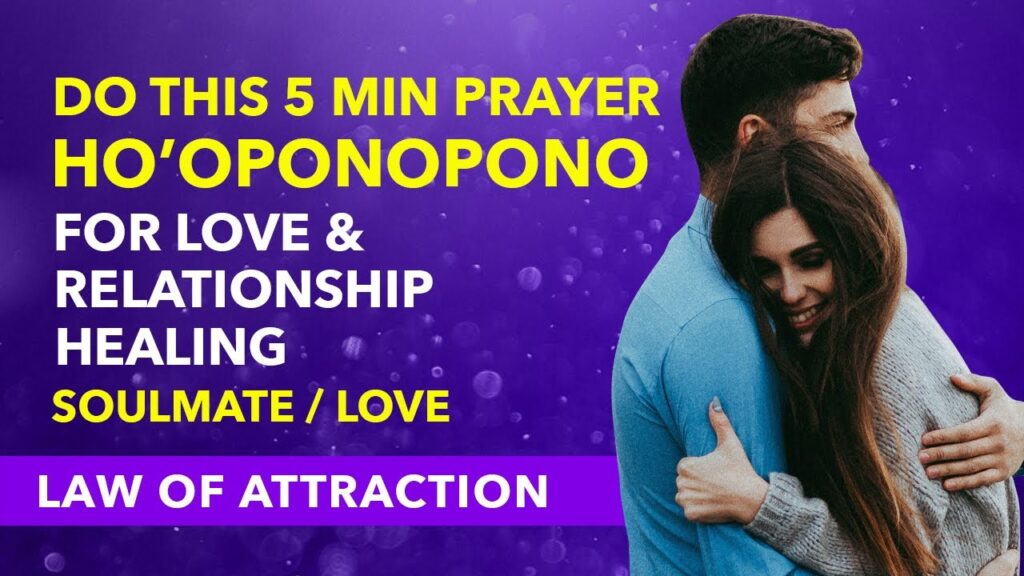
Steps to Practice Hooponopono for Relationships
Accepting Responsibility
The first step in practicing Hooponopono for relationships is accepting responsibility. This involves acknowledging your role in any conflicts or disharmony that exists. It requires the willingness to look within, reflect on your actions, and take ownership of any mistakes or misunderstandings. By accepting responsibility, you empower yourself to initiate positive change and healing in the relationship.
Expressing Sincere Apologies
Once you have accepted responsibility, the next step is to express sincere apologies. This means genuinely acknowledging the pain or hurt caused by your actions and expressing remorse. It is crucial to ensure that your apologies are heartfelt, specific, and focused on the impact of your behavior. By sincerely apologizing, you show your commitment to repairing the relationship and creating a healthier dynamic.
Offering Genuine Forgiveness
In Hooponopono, forgiveness is not just about letting go; it is about genuinely releasing any resentment or anger towards yourself and others. Offering genuine forgiveness involves understanding that everyone makes mistakes and deserves a chance for redemption. It is a compassionate act that allows for healing and growth. By forgiving yourself and others, you create space for love, understanding, and harmony to flourish.
Making Amends and Reconciliation
Taking concrete actions to make amends and seek reconciliation is a vital aspect of practicing Hooponopono. This may involve actively addressing the issues at hand, engaging in honest and open communication, and seeking ways to rectify any harm caused. Making amends requires a commitment to change and a willingness to show up differently in the relationship. By actively working towards reconciliation, you pave the way for a stronger and more meaningful connection.
Applying Hooponopono in Different Relationship Dynamics
Romantic Relationships
Hooponopono can be highly beneficial in romantic relationships. It offers an opportunity for partners to deeply connect, heal past wounds, and create a foundation of love, trust, and understanding. By practicing Hooponopono, couples can address ongoing conflicts, release negative emotions, and foster a healthy and harmonious partnership.
Family Relationships
Family relationships can often be complex and challenging. Hooponopono provides a framework for healing and restoring balance within these dynamics. By practicing Hooponopono, family members can acknowledge past hurts, express sincere apologies, forgive one another, and create a supportive and loving environment for growth and transformation.
Friendships
Friendships can also benefit greatly from the practice of Hooponopono. Friends who have experienced conflicts or misunderstandings can engage in Hooponopono to repair the relationship, build a deeper connection, and foster trust and mutual respect. Hooponopono can help friends understand each other’s perspectives, let go of any grudges, and create a stronger bond.
Work Relationships
Work relationships can sometimes be strained due to conflicts or power dynamics. Hooponopono offers a unique approach to resolving these conflicts and fostering a harmonious work environment. By applying the principles of Hooponopono, colleagues can take responsibility for their actions, seek forgiveness, and make amends. This can lead to improved communication, collaboration, and overall job satisfaction.
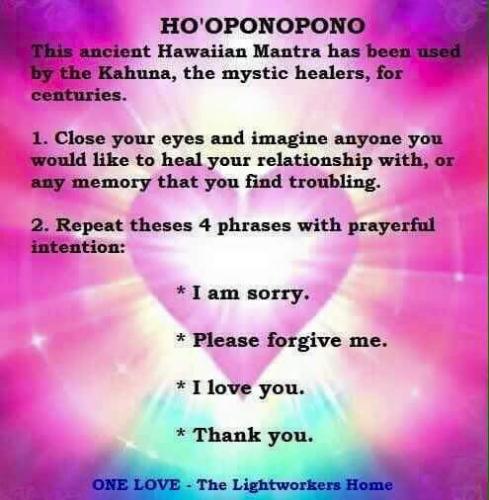
Common Challenges and Misconceptions about Hooponopono
Resistance to Taking Responsibility
One common challenge in practicing Hooponopono is the resistance to taking responsibility. It is natural for individuals to deflect blame or avoid admitting their mistakes. However, without accepting responsibility, true healing and transformation cannot take place. Overcoming this resistance requires self-reflection, humility, and a genuine desire for resolution.
Difficulty in Apologizing and Forgiving
Expressing sincere apologies and offering genuine forgiveness can be challenging for many people. It requires vulnerability, empathy, and a willingness to let go of pride and ego. However, by practicing Hooponopono, individuals can cultivate these qualities, deepen their capacity for compassion, and experience the profound healing that comes with genuine apologies and forgiveness.
Expecting Instant Results
Hooponopono is a process, and it is essential to understand that healing and transformation take time. Expecting instant results can lead to frustration and disappointment. Patience, persistence, and a commitment to the practice are key in allowing the principles of Hooponopono to unfold and create lasting change in relationships.
Practical Hooponopono Techniques for Relationship Healing
Mantra: I’m Sorry, Please Forgive Me, Thank You, I Love You
One of the most widely recognized Hooponopono techniques is the use of a simple mantra: “I’m sorry, please forgive me, thank you, I love you.” This mantra can be repeated silently or spoken aloud, directed towards oneself or others. By sincerely repeating this mantra, individuals can release negative emotions, seek forgiveness, express gratitude, and invite love and healing into their relationships.
Meditation and Visualization
Meditation and visualization are powerful tools in Hooponopono for relationship healing. By setting aside dedicated time for quiet reflection, individuals can connect with their emotions, clarify their intentions for healing, and visualize the restoration of harmony and balance in their relationships. This practice cultivates inner peace, clarity, and a deep sense of connection with oneself and others.
Writing Letters of Forgiveness
Writing letters of forgiveness can be a cathartic and healing practice in Hooponopono. This technique involves writing a heartfelt letter to oneself or the person they wish to reconcile with. The letter allows individuals to express their emotions, apologize, forgive, and make amends. Whether the letter is sent or kept for personal reflection, this practice helps individuals release emotional baggage and move towards healing.
Practicing Self-Compassion
Self-compassion is a fundamental aspect of Hooponopono. By treating oneself with kindness, understanding, and forgiveness, individuals can effectively heal their own wounds and, in turn, create healthier relationships. Practicing self-compassion involves acknowledging one’s own worth, honoring personal boundaries, and prioritizing self-care. This practice cultivates self-love, resilience, and the ability to show up authentically in relationships.
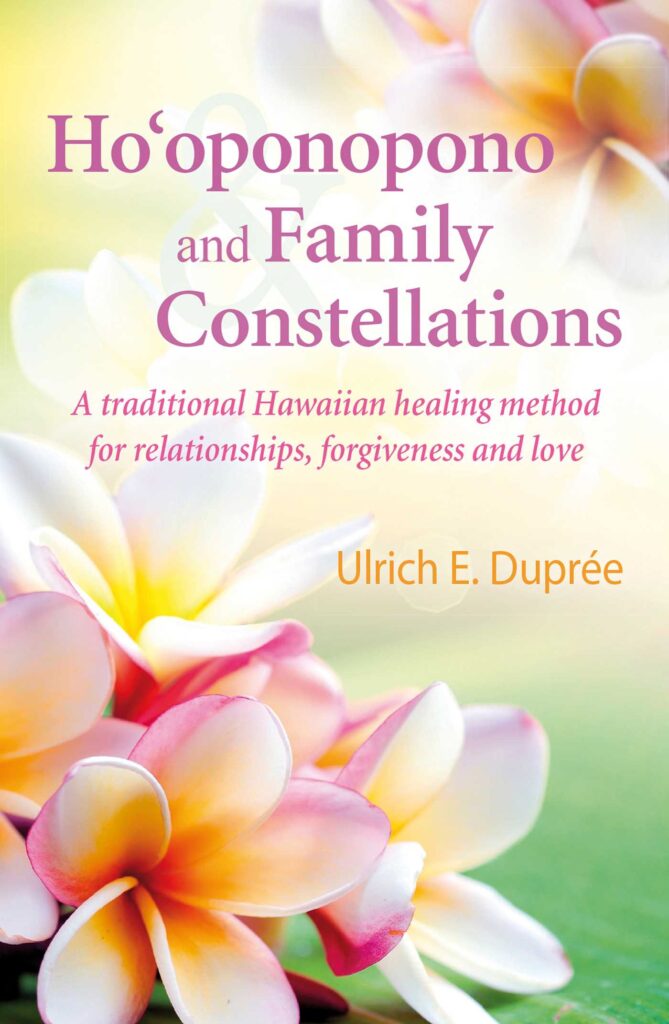
Combining Hooponopono with Other Relationship Healing Methods
Couples Therapy
Incorporating Hooponopono into couples therapy can enhance the effectiveness of the therapeutic process. By integrating the principles of Hooponopono into couples counseling sessions, therapists can guide couples in taking responsibility, expressing apologies, offering forgiveness, and making amends. This combination of therapeutic techniques promotes deeper understanding, emotional healing, and the restoration of trust in the relationship.
Individual Counseling
Individual counseling can be complemented by the practice of Hooponopono. By incorporating Hooponopono techniques into individual therapy sessions, individuals can explore their own role in relationship challenges, work through emotional baggage, and develop skills for effective communication, forgiveness, and self-compassion. This integration supports personal growth and empowers individuals to create healthier and more fulfilling relationships.
Communication Techniques
Hooponopono can be used in conjunction with various communication techniques to improve relationship dynamics. By combining Hooponopono’s principles of acceptance, apology, forgiveness, and amends with effective communication strategies like active listening, empathy, and assertiveness, individuals can foster healthy and harmonious interactions. This integration promotes understanding, reduces conflicts, and strengthens the bonds between individuals.
Tips for Maintaining Hooponopono in Daily Relationship Interactions
Cultivating Open and Honest Communication
Open and honest communication is crucial for maintaining Hooponopono in daily relationship interactions. By sharing thoughts, emotions, and perspectives openly, individuals foster understanding, deepen connection, and address any conflicts or concerns promptly. Cultivating effective communication skills such as active listening, non-judgment, and empathy strengthens the foundation of Hooponopono in relationships.
Creating Boundaries and Self-Care
Creating and maintaining healthy boundaries is essential for sustaining Hooponopono in daily relationship interactions. By setting clear boundaries and honoring personal needs, individuals ensure that their own well-being is nurtured. Prioritizing self-care and self-love enables individuals to show up authentically, contribute positively to relationships, and avoid emotional burnout.
Continuously Practicing Hooponopono
Consistency and continuity are key in practicing Hooponopono in daily relationship interactions. It is important to remember that Hooponopono is not a one-time practice but a lifelong commitment to healing and growth. By continuously applying the principles of Hooponopono in daily interactions, individuals reinforce their dedication to creating harmonious and fulfilling relationships.
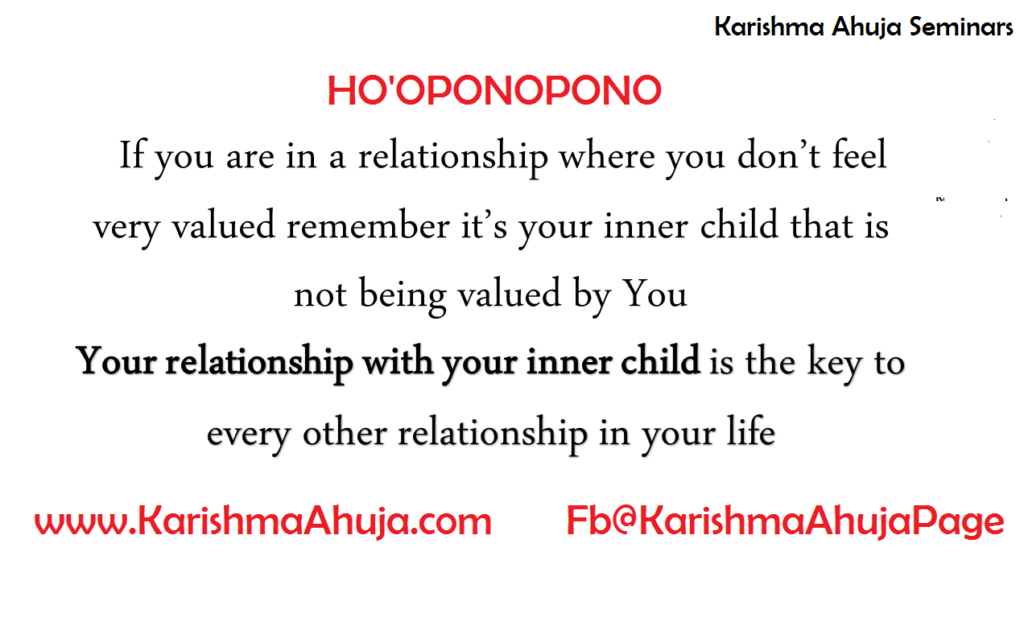
The Importance of Self-Forgiveness in Hooponopono
Recognizing and Releasing Self-Judgment
Self-forgiveness is a vital aspect of Hooponopono. Often, individuals can be their harshest critics, holding onto self-judgment and guilt for their actions in relationships. Hooponopono encourages individuals to recognize and release self-judgment, allowing for healing and growth. By embracing self-compassion, individuals can forgive themselves and create a foundation of self-love and acceptance.
Embracing Self-Love and Acceptance
In Hooponopono, self-forgiveness is closely intertwined with self-love and acceptance. By embracing self-love and acceptance, individuals acknowledge their inherent worth and value. This practice involves treating oneself with kindness, compassion, and understanding, even in the face of mistakes or past regrets. By cultivating self-love and acceptance, individuals create a solid foundation for healthy relationships with others.
Sharing Hooponopono with Your Partner or Loved Ones
Explaining the Practice
When sharing Hooponopono with your partner or loved ones, it is important to explain the practice clearly and openly. Describe Hooponopono as a healing and transformative technique that focuses on taking responsibility, apologizing sincerely, offering forgiveness, and making amends. Emphasize the intention behind Hooponopono as a way to create harmony, understanding, and deeper connection in relationships.
Encouraging Participation
Encourage your partner or loved ones to participate in Hooponopono alongside you. Explain the benefits of the practice and how it can enhance the relationship for both parties. Create a safe and non-judgmental space for open dialogue, where everyone feels comfortable expressing their emotions, apologizing, and forgiving. By encouraging participation, you foster a shared commitment to healing and growth.
Supporting Each Other’s Healing Journey
Lastly, it is essential to support each other’s healing journey in the practice of Hooponopono. Healing and transformation require patience, understanding, and compassion. Encourage your partner or loved ones to be gentle with themselves and celebrate their progress along the way. Offer support, empathy, and a willingness to engage in the practice together. By supporting each other, you create a strong and resilient foundation for a thriving relationship.
In conclusion, Hooponopono is a powerful practice that can significantly benefit relationships. By embracing the principles of Hooponopono, individuals can clear emotional baggage, heal past wounds, and restore harmony and balance. With practical techniques and a commitment to self-forgiveness, Hooponopono offers a transformative pathway to healthier and more fulfilling relationships. Remember to be patient, persistent, and kind to yourself as you embark on your Hooponopono journey.

